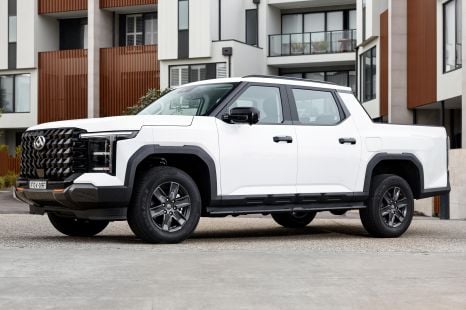

Damion Smy
2025 LDV Terron 9 review
27 Days Ago

Contributor
Owners of the BYD Shark 6 have been told not to remove the ute’s tub to install an aftermarket tray, due to the potential damage it could cause the dual-cab’s platform.
In a statement to the BYD Shark Owners Australia group on Facebook, BYD Australia and EV Direct said owners of the plug-in hybrid (PHEV) ute are strictly prohibited from removing the factory tub.
“The BYD Shark 6 tub is not designed to be removed. High-voltage cables, EVAP system, leak detection pump, vehicle-to-load [V2L] 230V cables, and other critical systems are permanently fixed to the well-side,” the company said.
“These can only be removed by a BYD factory-certified technician with the correct safety equipment. There is a serious risk of injury, electrocution, or even worse should a non-approved person attempt to remove the well-side. Removal of the well-side will also void the vehicle’s warranty.”
Hundreds of new car deals are available through CarExpert right now. Get the experts on your side and score a great deal. Browse now.
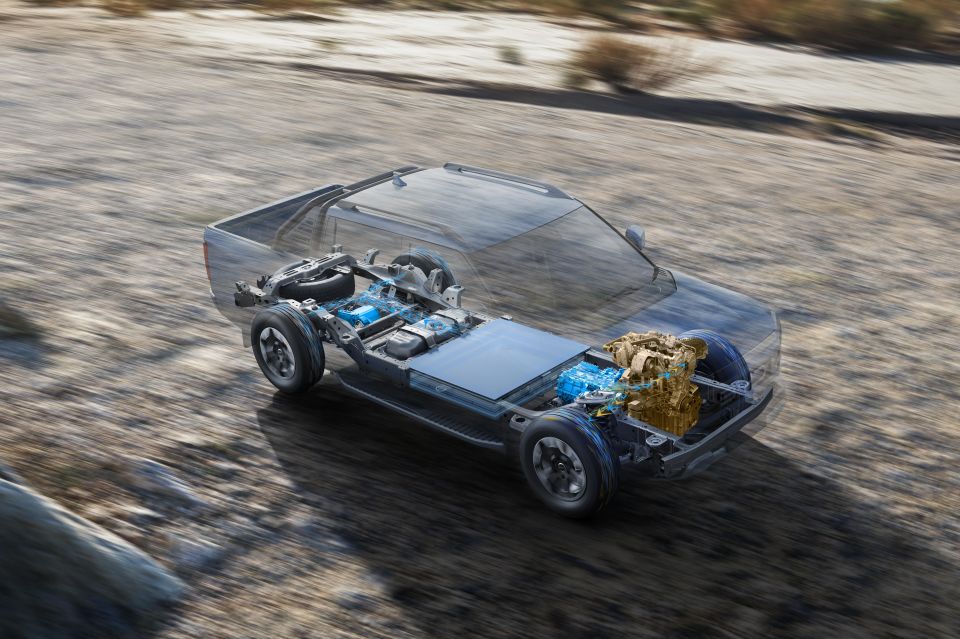
This means owners are not able to fit aftermarket trays for now, instead limited to the factory-fitted tub which is compatible with BYD’s in-house and third-party accessories.
However, this won’t always be the case, as BYD’s local distributor EVDirect has confirmed a cab-chassis version of the Shark 6 is in the works.
“We are exploring a cab/chassis and will be able to share more in due course,” said a company spokesperson.
This could allow BYD to take a greater share of sales from fleet and business buyers.
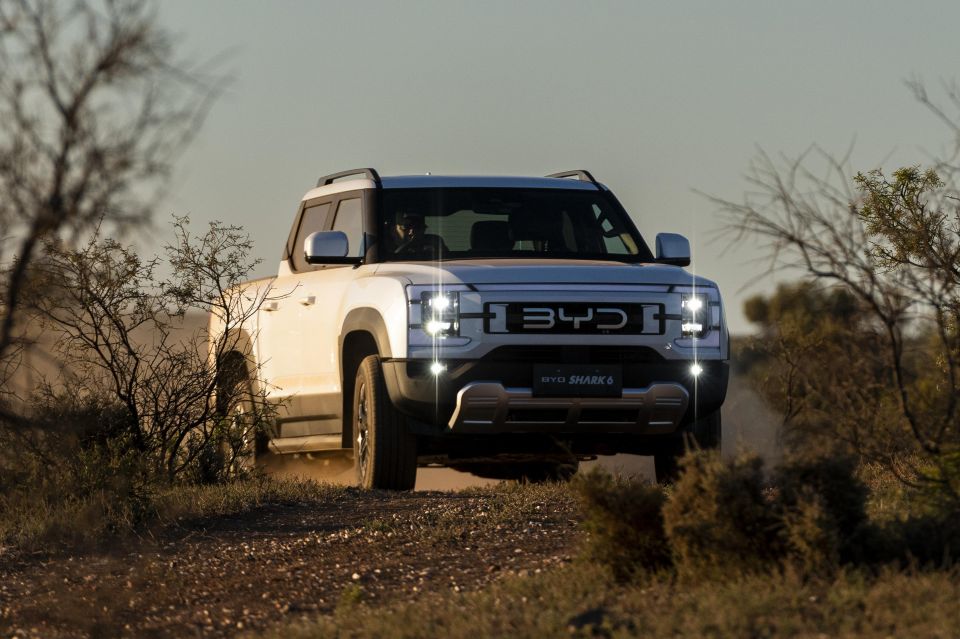
Currently most of Australia’s best-selling utes are available with a cab-chassis body style, though the new-generation Mitsubishi Triton is an outlier, having launched a year ago but with no tub-less version on sale locally yet.
Cab-chassis utes are traditionally cheaper than their tubbed siblings. For example, a Ford Ranger XL 4×4 Bi-turbo four-door ute is $48,980 before on-road costs as a cab-chassis, or $50,880 plus on-roads with a tub.
As well as a cab-chassis configuration, BYD has previously said it’ll offer a version of the Shark 6 with a 3500kg braked towing capacity in the future, up from the ute’s current 2500kg figure.
Most dual-cab utes in Australia currently boast a 3500kg braked towing capacity, making the Shark 6 a rarity in the segment.
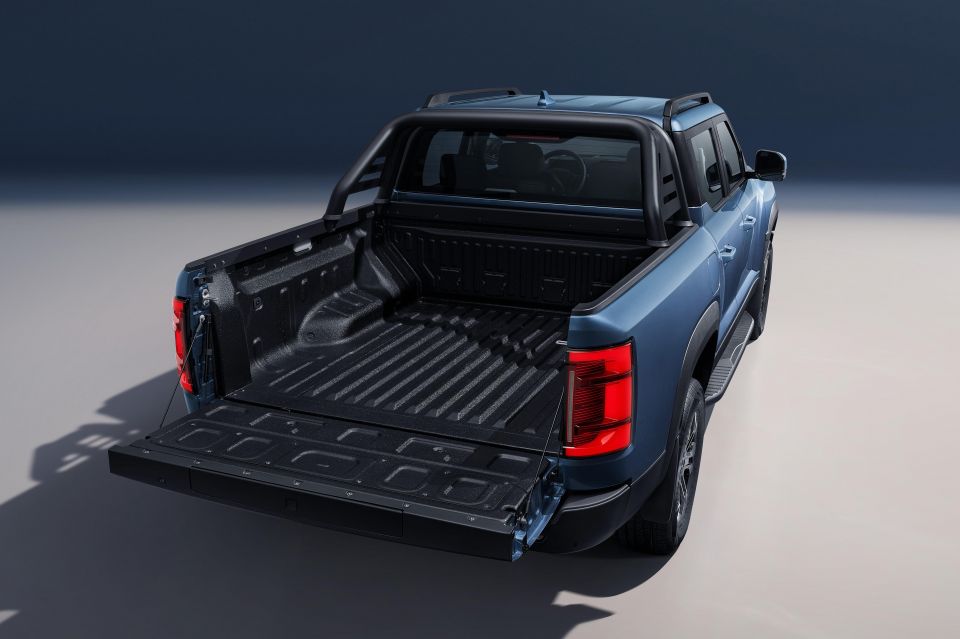
“Very soon we’re going to have another version of the ute which can support stronger towing,” general manager of BYD’s Asia Pacific sales division, Liu Xueliang, said in October.
“We cannot disclose the specific date, but it’s on the way. It can tow up to 3.5 tonnes.”
The heavier-duty Shark 6 isn’t expected to go on sale until 2026 at the earliest.
Unfortunately, this means both the cab-chassis and the higher braked towing capacity versions – if they are indeed different models – will come well after the Fringe Benefits Tax (FBT) exemption for PHEVs comes to an end on April 1, 2025.
MORE: Everything BYD Shark 6 MORE: 2026 BYD Shark 6 upgrade will see it match HiLux, Ranger towing capacity MORE: BYD importer working to deliver Shark 6s ahead of crucial date
Where expert car reviews meet expert car buying – CarExpert gives you trusted advice, personalised service and real savings on your next new car.
Born and raised in Canberra, Jordan has worked as a full-time automotive journalist since 2021, being one of the most-published automotive news writers in Australia before joining CarExpert in 2024.


Damion Smy
27 Days Ago
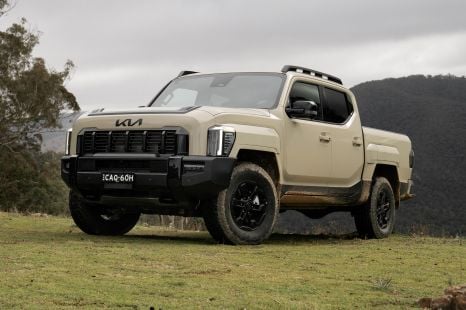

Josh Nevett
26 Days Ago
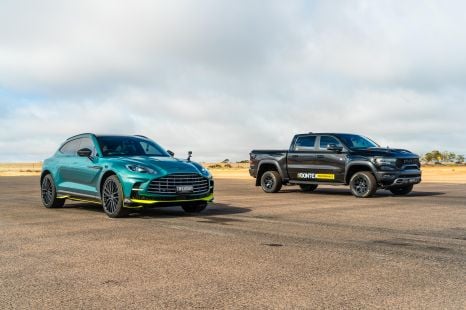

Paul Maric
26 Days Ago
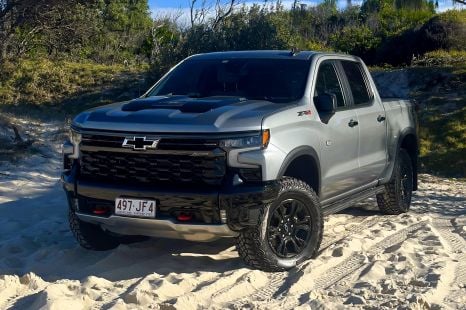

William Stopford
25 Days Ago
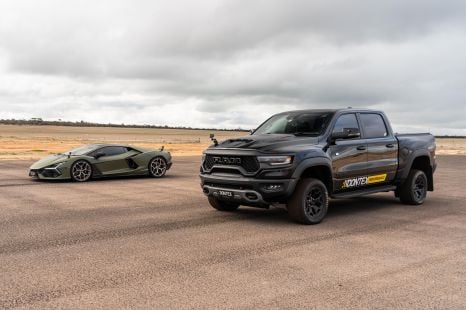

Paul Maric
13 Days Ago
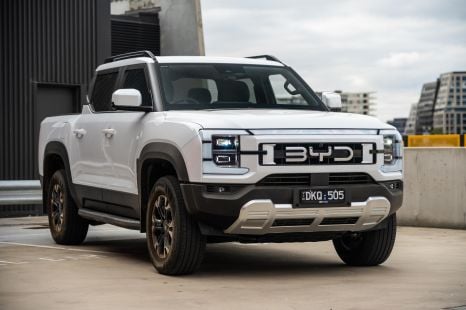

Max Davies
7 Days Ago